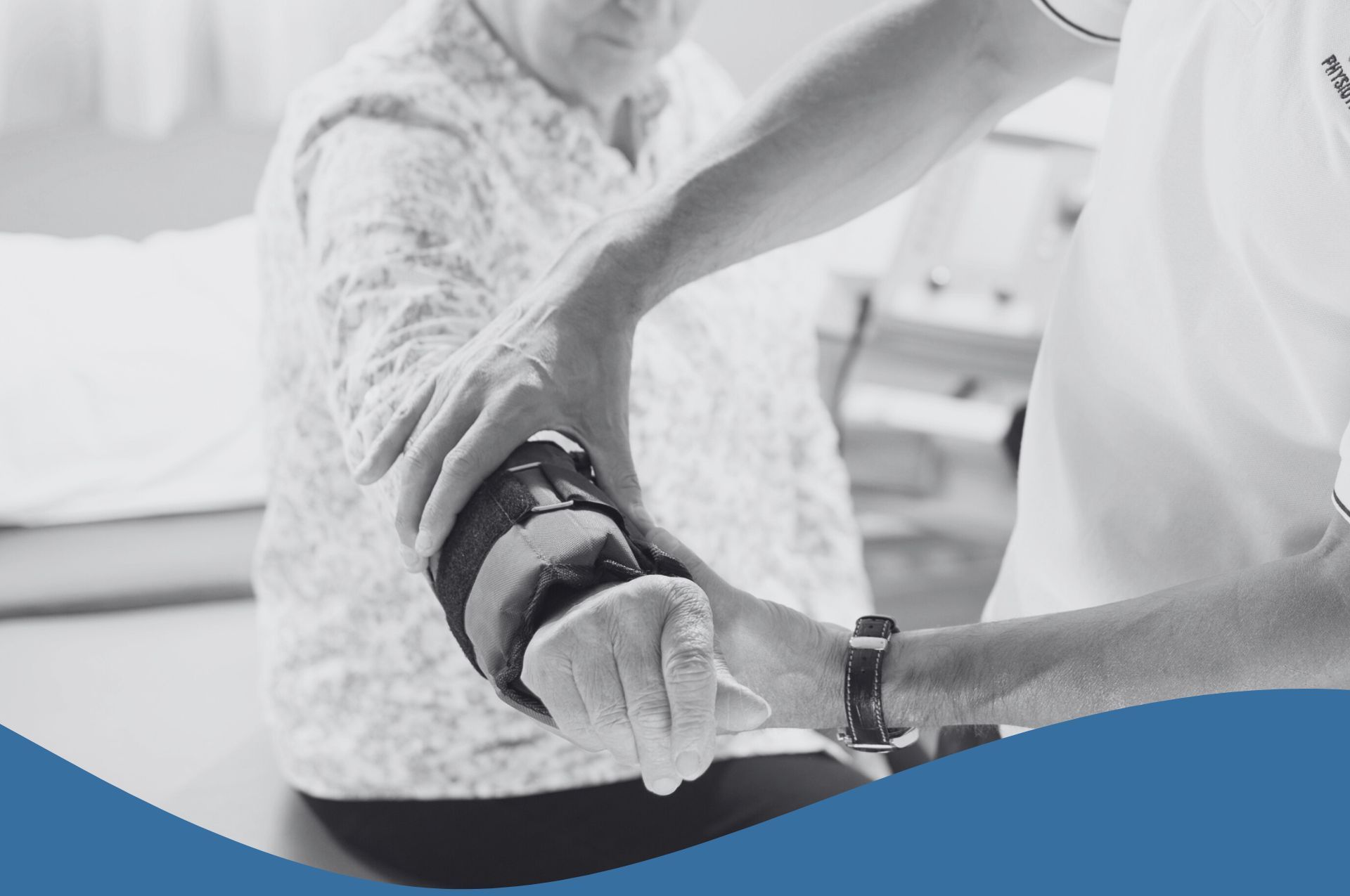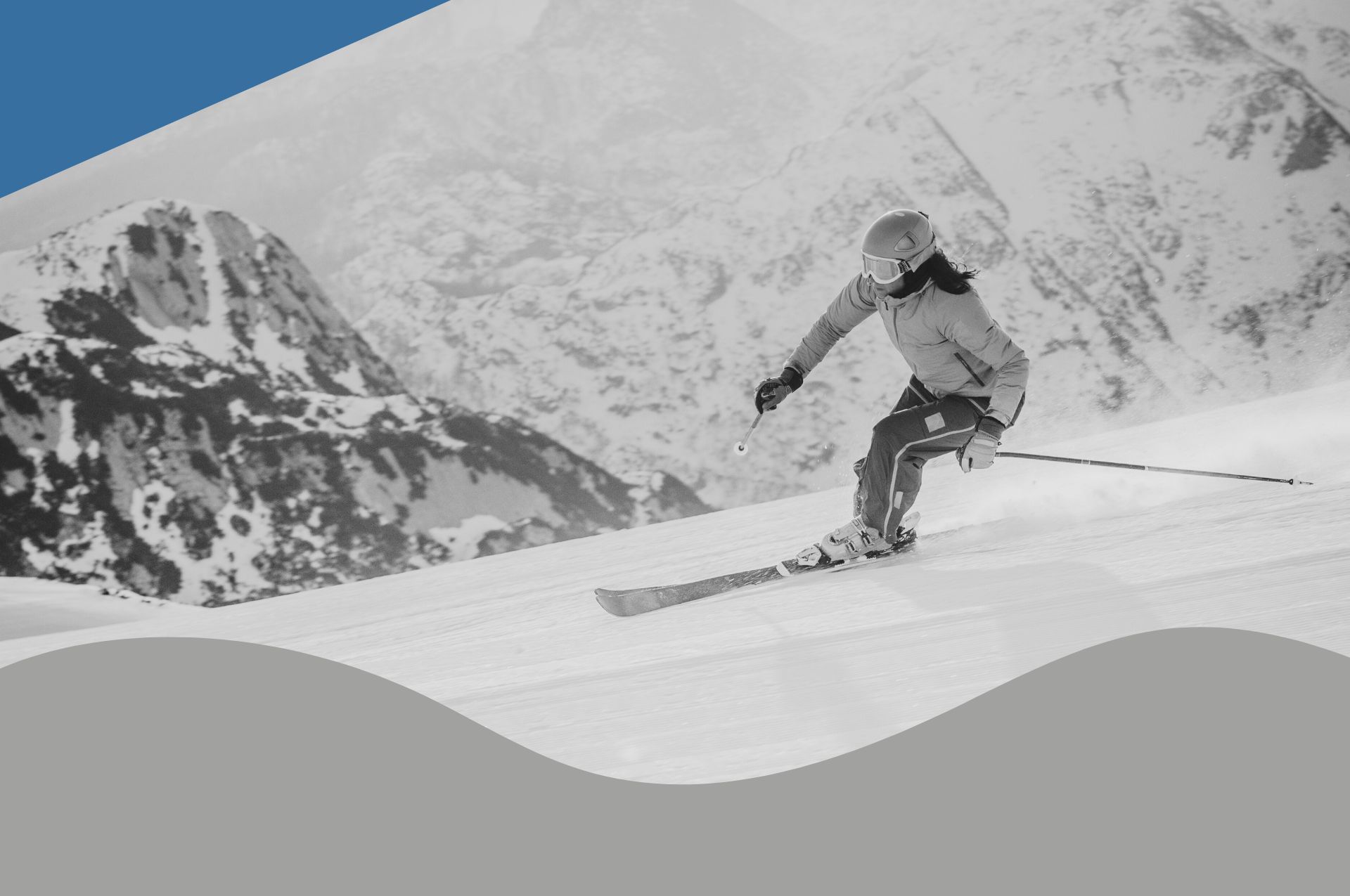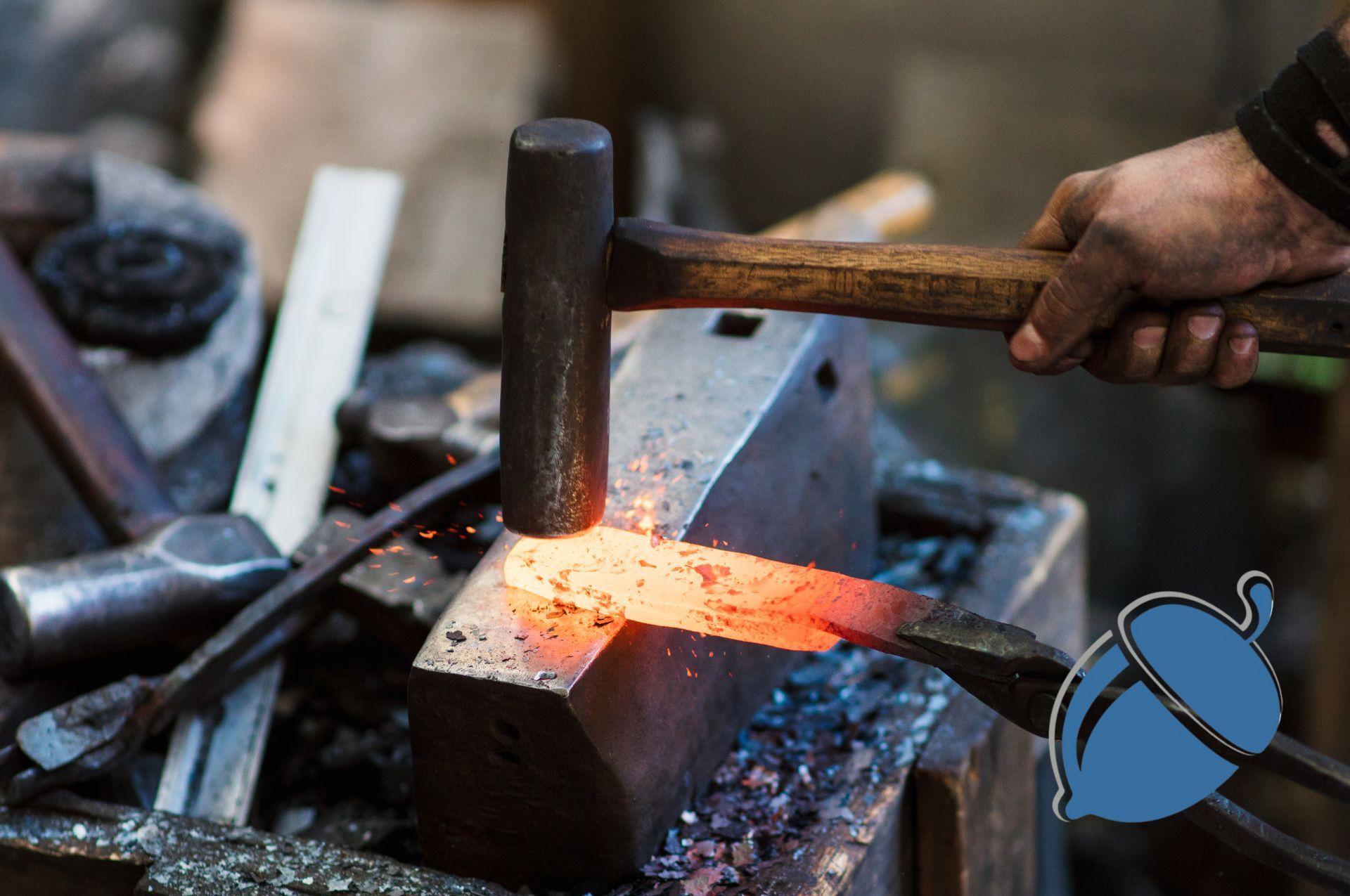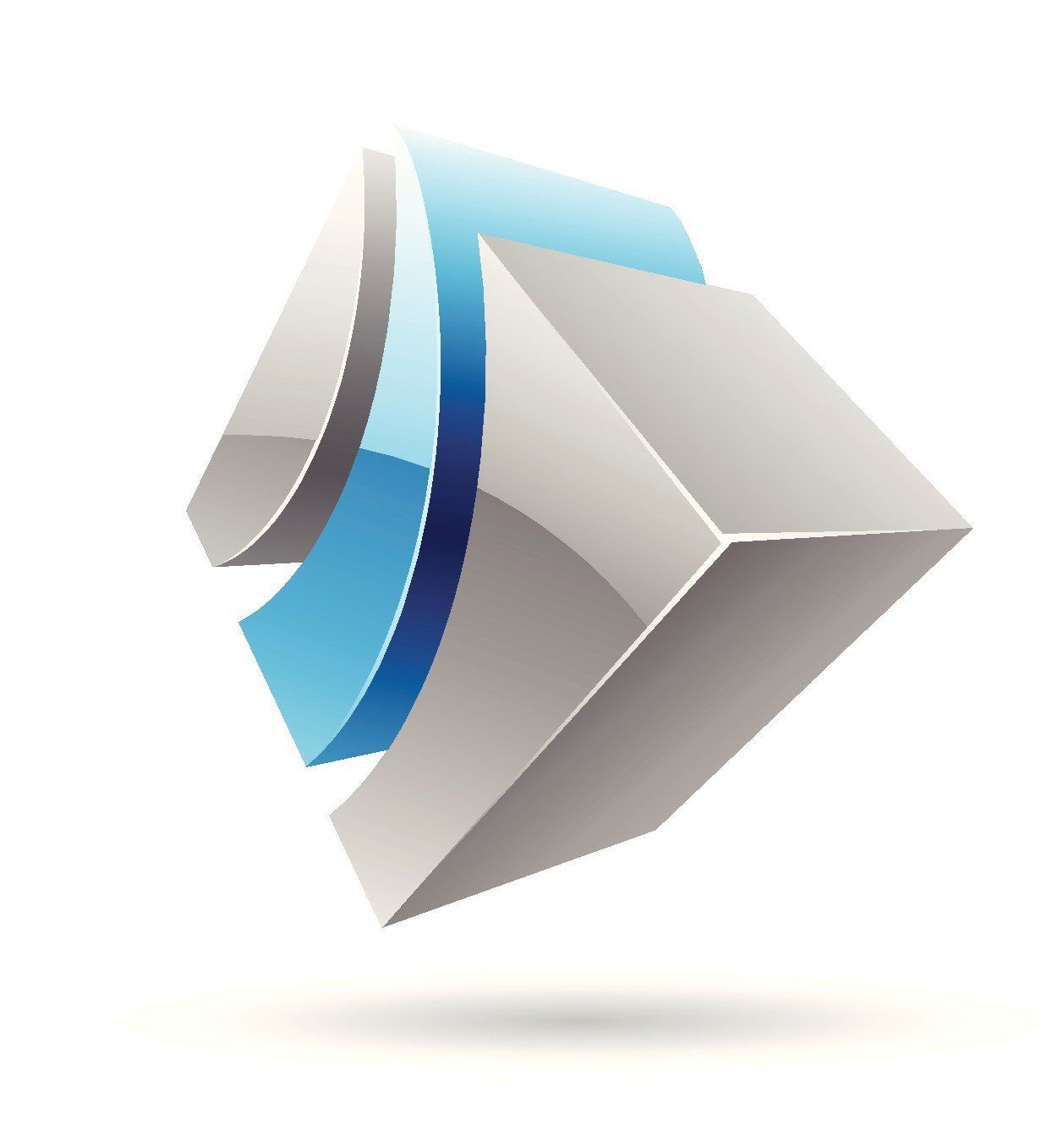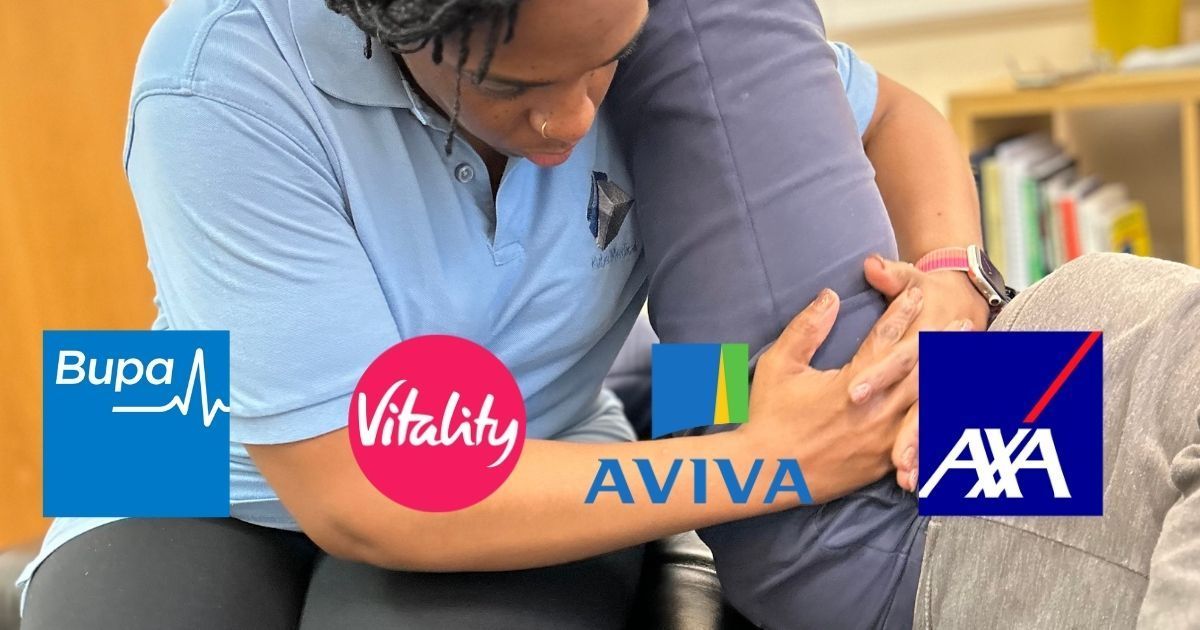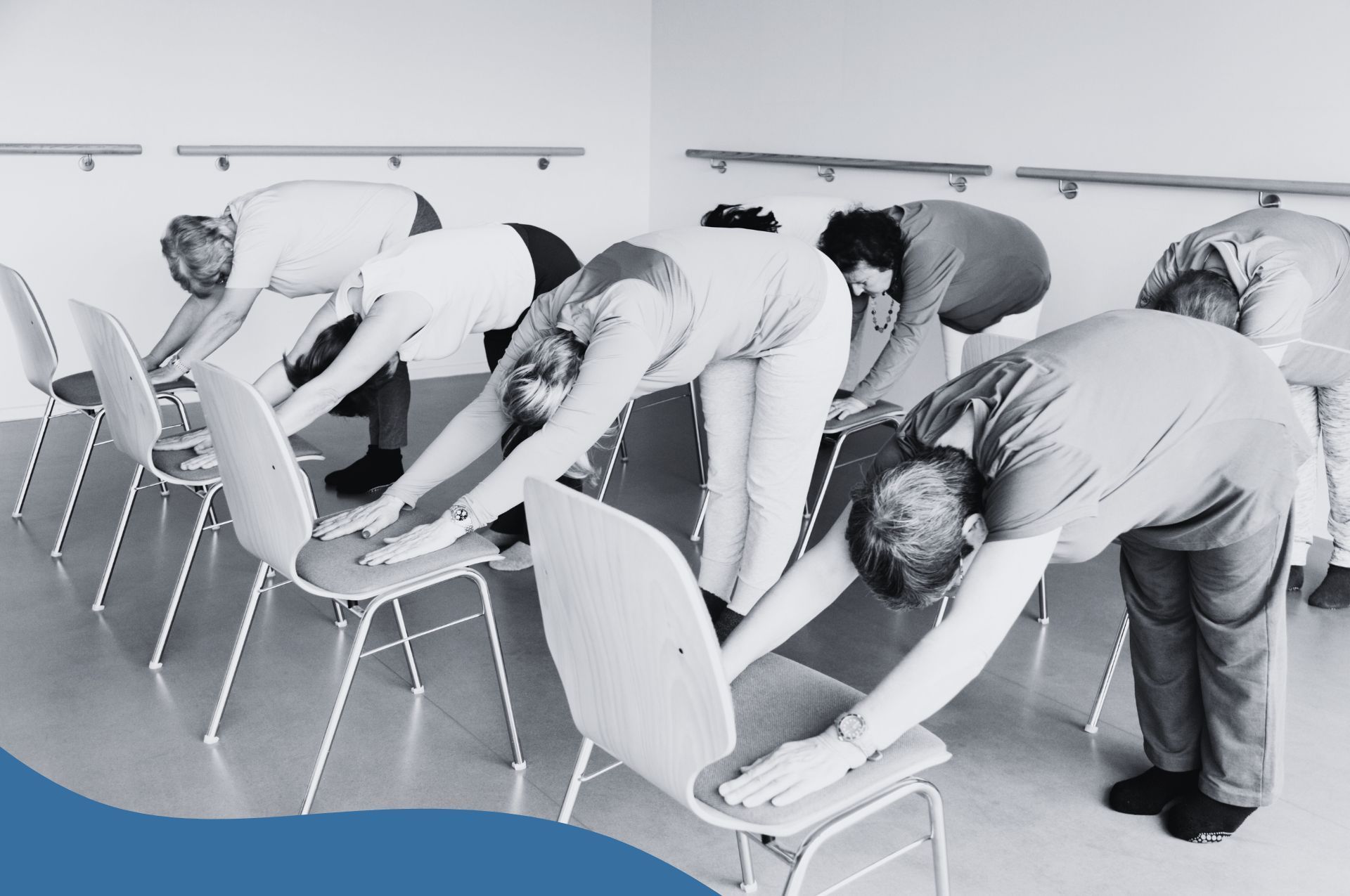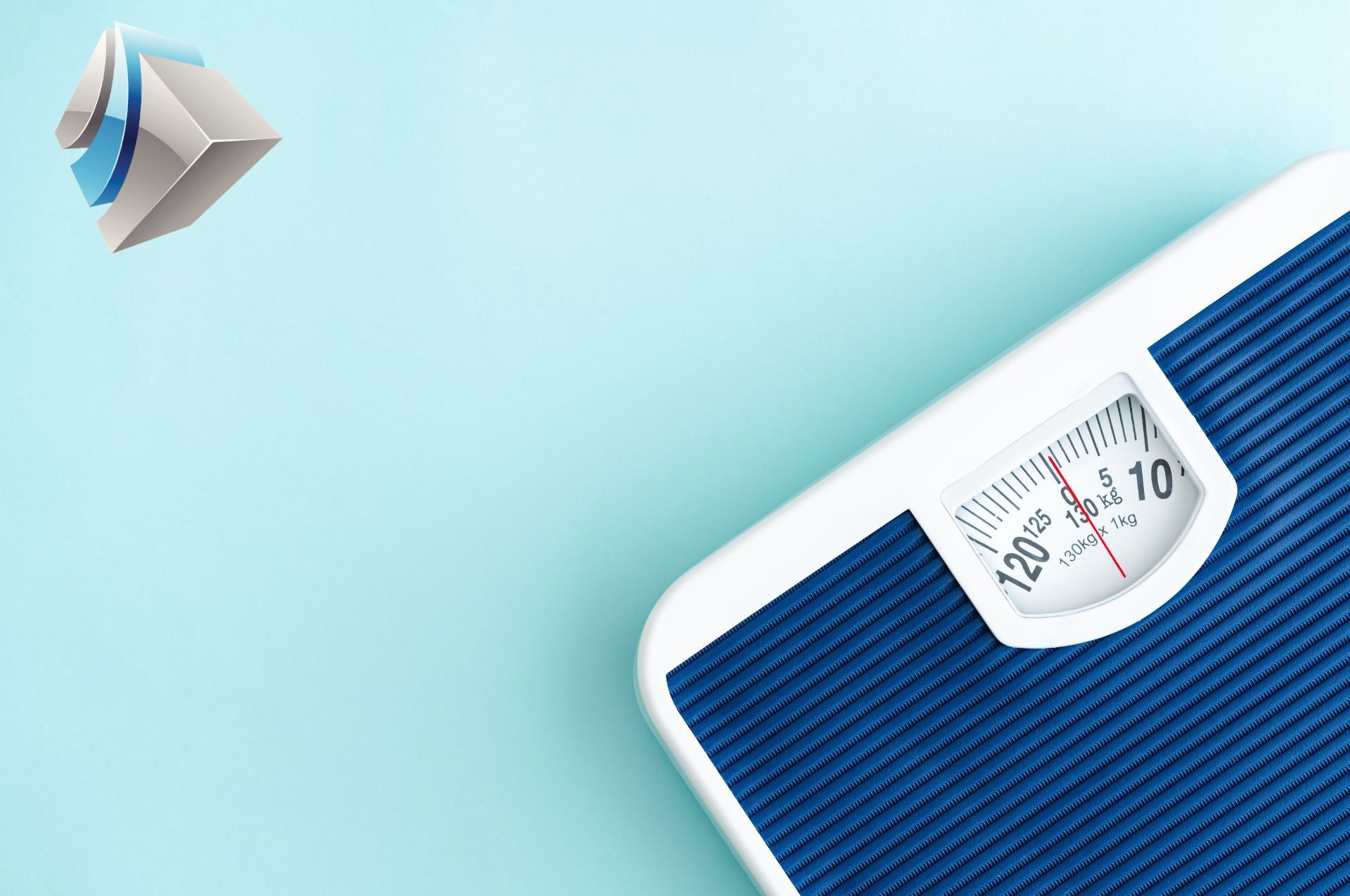Laser Therapy: A Non-Surgical Option for Treating Fractures and Ligament Damage
In the world of modern medicine, advancements in technology have paved the way for innovative treatments that offer effective and non-invasive solutions. Laser therapy has emerged as a popular choice for treating acute injuries like fractures and ligament damage. This blog explores the benefits of laser therapy as a non-surgical option for treatment of acute injuries.
Understanding Laser Therapy
Laser therapy, also known as low-level laser therapy (LLLT) or photobiomodulation, uses specific wavelengths of light to penetrate tissues and stimulate cellular activity. The light energy is absorbed by the cells, promoting a range of beneficial physiological processes. These processes include increased circulation, reduced inflammation, enhanced tissue repair, and pain relief.
How Laser Therapy Works
The therapeutic effects of laser therapy are primarily due to its ability to stimulate cellular activity and promote healing. When the light photons are absorbed by the cells, they trigger a cascade of events at the cellular level. These events include:
- Increased ATP Production: Adenosine triphosphate (ATP) is the primary energy source for cellular processes. Laser therapy boosts ATP production, providing cells with the energy needed for repair and regeneration.
- Enhanced Collagen Production: Collagen is a vital protein for tissue repair. Laser therapy stimulates fibroblasts, the cells responsible for collagen production, aiding in the repair of damaged tissues such as ligaments and bones.
- Reduction of Inflammation: Laser therapy helps reduce the levels of pro-inflammatory cytokines and increases anti-inflammatory cytokines, leading to decreased inflammation and swelling.
- Improved Blood Flow: The therapy promotes vasodilation, improving blood flow to the injured area. This enhanced circulation ensures that more oxygen and nutrients reach the damaged tissues, accelerating the healing process.
Laser Therapy for Fractures
Fractures, or broken bones, are common injuries that traditionally require immobilisation and, in some cases, surgical intervention. However, laser therapy offers a non-surgical alternative that can significantly enhance the healing process.
Several studies have demonstrated the efficacy of laser therapy in promoting bone healing. One such study concluded that laser therapy plays an important role in augmenting bone tissue formation, which is relevant to fracture healing (Sella et al., 2015).
Case Study: An ultra-runner with a double fracture of the fifth metatarsal
Ultra-runner, Holly, experienced a double fracture to the fifth metatarsal, less than four weeks from a long-planned swim event. Intensive laser therapy allowed her to compete at the event, and return to running after just five weeks. Watch below to see her full story:
Laser Therapy for Ligament Damage
Ligament injuries, such as sprains and tears, are common in both athletes and non-athletes. These injuries often require prolonged recovery periods and, in severe cases, surgical intervention. Laser therapy provides a non-invasive option to enhance the healing of ligament injuries.
Research supports the use of laser therapy for treating ligament damage. Within a meta analysis of its effects (Enwemeka et al., 2004), laser therapy was shown to have a positive impact on tissue repair, pain control and collagen formation. The study highlights the potential of laser therapy to reduce recovery time and improve functional outcomes in patients with soft tissue injuries.
Another study published in “Photomedicine and Laser Surgery" demonstrated that laser therapy significantly improved the healing of medial collateral ligament (MCL) injuries in rats. The treated group exhibited enhanced collagen organization and increased tensile strength compared to the control group (Bayat et al., 2005).
Benefits of Laser Therapy
- Non-Invasive and Pain-Free
One of the primary advantages of laser therapy is that it is non-invasive and pain-free. Unlike surgical procedures, laser therapy does not require incisions or anaesthesia, making it a safer and more comfortable option for patients. Treatments typically last 10-15 minutes.
- Reduced Recovery Time
Laser therapy can significantly reduce the recovery time for acute injuries. By accelerating the healing process at the cellular level, patients can return to their normal activities much sooner than with traditional treatment methods.
- Versatility
Laser therapy is versatile and can be used to treat a wide range of conditions, including fractures, ligament injuries, muscle tears, and even chronic pain conditions. Its broad applicability makes it a valuable tool in both acute and chronic injury management.
- Minimal Side Effects
Laser therapy is known for its minimal side effects. Most patients experience little to no discomfort during treatment, and there is no downtime required post-treatment. This allows patients to continue with their daily activities without interruption.
Conclusion
Laser therapy represents a promising non-surgical option for treating fractures and ligament damage. Supported by extensive research and clinical studies, it offers a safe, effective, and pain-free alternative to traditional treatment methods. By harnessing the power of light to stimulate cellular activity, laser therapy accelerates healing, reduces recovery time, and improves overall outcomes for patients with acute injuries.
At Kube Medical, we are committed to providing the latest and most effective treatments for our patients. Our Intensive Laser Therapy packages are designed to help you recover quickly and get back to doing what you love. If you have an acute injury and are looking for a non-invasive treatment option, contact us today to learn more about how laser therapy can benefit you.
References:
- Valéria Regina Gonzalez Sella, Fernando Russo Costa do Bomfim, Paula Carolina Dias Machado, Maria José Misael da Silva Morsoleto, Milton Chohfi, Helio Plapler. Effect of low-level laser therapy on bone repair: a randomized controlled experimental study. Lasers Med Sci. 2015 Apr;30(3):1061-8.
- Chukuka S Enwemeka, Jason C Parker, David S Dowdy, Erin E Harkness, Leif E Sanford, Lynda D Woodruff. The efficacy of low-power lasers in tissue repair and pain control: a meta-analysis study. Photomed Laser Surg. 2004 Aug;22(4):323-9.
- Mohammad Bayat, Ali Delbari, Mohammad Ali Almaseyeh, Yousef Sadeghi, Maryam Bayat, Fatemesadat Reziae. Low-level laser therapy improves early healing of medial collateral ligament injuries in rats. Photomed Laser Surg. 2005 Dec;23(6):556-60.
